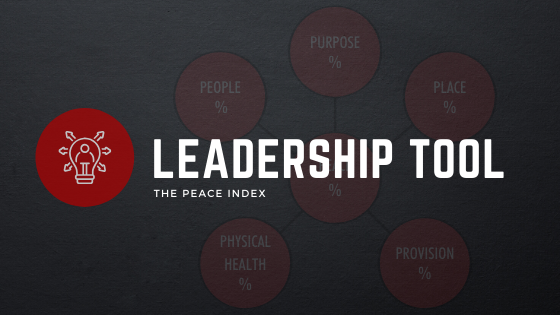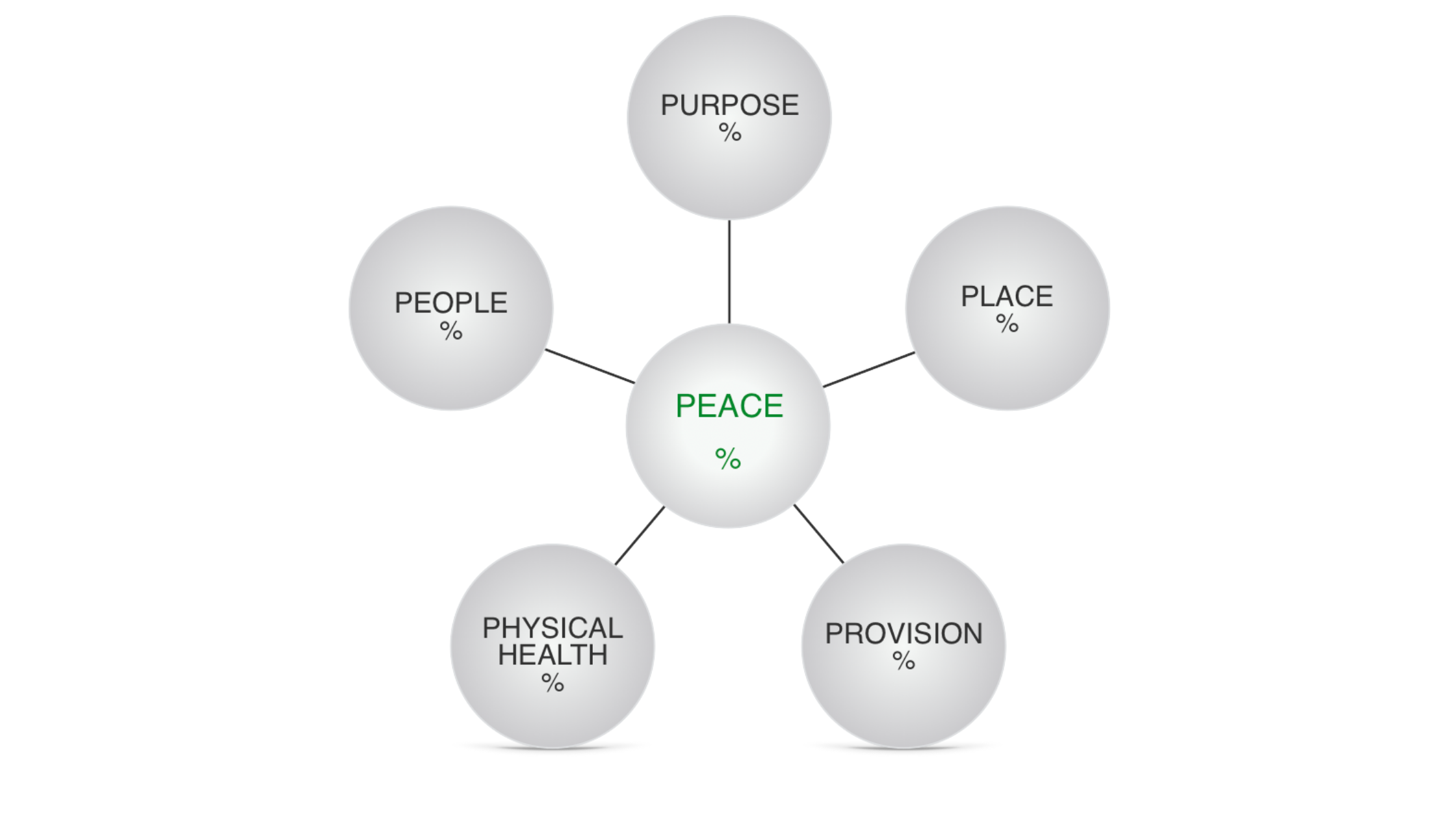
2020 Reading List
Here is my complete list of books read for 2020. A few less than last year, but over all feel good about my progress. I have added links to each book and bolded my favorite reads.
PHYSICAL BOOKS:
– Let Justice Roll Down — John Perkins
– To Hell with the Hustle: Reclaiming Your Life in an Overworked, Overspent, and Overconnected World – Jefferson Bethke
– Coach Wooden: The 7 Principles That Shaped His Life and Will Change Yours — Pat Williams
Falling Upward: A Spirituality for the Two Halves of Life — Richard Rohr
– Cherish — Gary Thomas
— Making Your Leadership Come Alive: 7 Actions to Increase Your Influence- Jeremie Kubicek
— Nine Lies About Work: A Freethinking Leader’s Guide to the Real World — Marcus Buckingham, Ashley Goodall
– The Infinite Game — Simon Sinek
— Welcome to Management: How to Grow From Top Performer to Excellent Leader – Ryan Hawk
– Great Leaders Have No Rules: Contrarian Leadership Principles to Transform Your Team and Business – Kevin Kruse
– The Motive: Why So Many Leaders Abdicate Their Most Important Responsibilities – Patrick Lencioni
– Life’s Great Question: Discover How You Contribute To The World – Tom Rath
– Give and Take: Why Helping Others Drives Our Success- Adam Grant
– Originals: How
– Learning to Lead Like Jesus: 11 Principles to Help You Serve, Inspire, and Equip Others – Boyd Bailey
– Why We Sleep: Unlocking the Power of Sleep and Dreams – Matthew Walker
– Talking to Strangers: What We Should Know About the People We Don’t Know – Malcom Gladwell
– No Greatness without Goodness: How a Father’s Love Changed a Company and Sparked a Movement – Randy Lewis
– Thinking in Bets: Making Smarter Decisions When You Don’t Have All the Facts – Annie Duke
– The Sequence to Success: Three O’s That Will Take You Anywhere in Life — Samuel Chand
– Good Leaders Ask Great Questions: Your Foundation for Successful Leadership – John Maxwell
– Confident Leader!: Become One, Stay One – Dan Reiland
–
– It Takes What It Takes: How to Think Neutrally and Gain Control of Your Life – Trevor Moawad
– The 7 Habits of Highly Effective People (30th Anniversary Addition) — Stephen R. Covey
– Amplified Leadership: 5 Practices to Establish Influence, Build People, and Impact Others for a Lifetime – Dan Reiland
– The Advice Trap: Be Humble, Stay Curious & Change the Way You Lead Forever – Michael Stanier
– Off the Clock: Feel Less Busy While Getting More Done – Laura Vanderkam
– Keep Going: 10 Ways to Stay Creative in Good Times and Bad – Austin Klein
– Personality Isn’t Permanent: Break Free from
– Exactly What to Say: The Magic Words for Influence and Impact – Phil M. Jones
– Humble Inquiry: The Gentle Art of Asking Instead of Telling — Edgar Schein
– The 8-Minute Mastermind: How to Travel Anywhere for Free, Solve any Problem, and Add $100k+ to Your Business in 5–10 Hours a Month — Brad Hart
– Plato’s Lemonade Stand: Stirring Change into Something Great — Tom Morris
– The Stoic Art of Living: Inner Resilience and Outer Results — Tom Morris
– Art of Achievement: Mastering the 7 C’s of Success in Business and Life — Tom Morris
– Win In The Dark: Some think you shine under the bright lights, the bright lights only reveal your work in the dark — Joshua Medcalf
– The Oasis Within: A Journey of Preparation — Tom Morris
– Making Sense of It All: Pascal and the Meaning of Life — Tom Morris
– The New Young Christian Field Guide: Practical Advice for the Modern Disciple -Alan Pastian
— Life Is in the Transitions: Mastering Change at Any Age — Bruce Feiler
— Lead Like a Coach: How to Get the Most Success Out of ANY Team — Dr. Karen Morley
— Leading Change — John Kotter
— The Resilient Leader: Life Changing Strategies to Overcome Today’s Turmoil and Tomorrow’s Uncertainty — Christine Perakis
— The Senior: My Amazing Year as a 59-
— The War On Sleep: How it started. How we lost. How you can recover — Michael Voss
– The Warrior Challenge: 8 Quests for Boys to Grow Up with Kindness, Courage, and Grit — John Beede
— Facing Fear: Step Out in Faith and Rise Above What’s Holding You Back — Nik Wallenda
— Limitless: Upgrade Your Brain, Learn Anything Faster, and Unlock Your Exceptional Life- Jim Kwik
— Who Not How: The Formula to Achieve Bigger Goals Through Accelerating Teamwork — Dan Sullivan with Benjamin Hardy
— Speed of Trust: The One Thing That Changes Everything — Stephen M.R. Covey
— BEyond: Leadership from AwareLess to AwareNess. Dare to Be the Leader You Can Be — Noa Ronen
— Sleights of Mind: What the Neuroscience of Magic Reveals about Our Everyday Deceptions — Stephen L. Macknik and Susana
AUDIBLE BOOKS:
– My Glorious Brothers — Howard Fast
— Surprised by Hope: Rethinking Heaven, the Resurrection, and the Mission of the Church — NT Wright
— Principles: Life and Work — Ray Dalio
— Next Generation Leadership: How to Ensure Young Talent Will Thrive with Your Organization — Adam Kingl
— The Riflemen — Oliver North
— Apollo 13 — Jim Lovell, Jeffrey Kluger
— The Hungry Brain: Outsmarting the Instincts That Make Us Overeat — Stephan Guyenet
— Dare to Serve: How to Drive Superior Results by Serving Others — Cheryl Bachelder
— Simply Christian — N.T. Wright
— Culture of Honor: Sustaining a Supernatural Environment — Danny Silk
— Remote: Office Not Required — Jason Fried, David Hansson
— Upstream: The Quest to Solve Problems Before They Happen — Dan Heath
— Think Like a Rocket Scientist: Simple Strategies You Can Use to Make Giant Leaps in Work and Life — Ozan Varol
— Subversive Sabbath: The Surprising Power of Rest in a Nonstop World — A.J. Swoboda
— The Four Tendencies: The Indispensable Personality Profiles That Reveal How to Make Your Life Better (and Other People’s Lives Better, Too) — Gretchen Rubin
– The 5 AM Club: Own Your Morning. Elevate Your Life — Robin Sharma
— The Ride of a Lifetime: Lessons Learned from 15 Years as CEO of the Walt Disney Company — Robert Iger
— The CEO Next Door: The 4 Behaviors that Transform Ordinary People into
— H3 Leadership: Stay Hungry. Be Humble. Always Hustle — Brad Lomenick
— Winning the Story Wars: Why Those Who Tell — and Live — the Best Stories Will Rule the Future — Jonah Sachs
— Ultralearning: Master Hard Skills, Outsmart the Competition, and Accelerate Your Career — Scott Young
— CEO Tools 2.0: A System to Think, Manage, and Lead Like a CEO — Jim Canfield, Kraig Kramers
– My Noisy Cancer Comeback: Running at the Mouth, While Running for My Life – Fitz Koehler
– Dream Big: Know What You Want, Why You Want It, and What You’re Going to Do About It — Bob Goff









